Creating content for clothing brands can be a daunting task, especially if you're on a tight budget. Traditionally, fashion marketing required professional photoshoots, influencers, and high-quality images. While these elements are still valuable, there’s a new player in the game: Artificial Intelligence (AI). AI-powered content creation is revolutionizing the way clothing brands approach marketing, allowing for more affordable and creative solutions.
In this article, I'll walk you through how I use AI to generate content for clothing brands, leveraging user-generated content (UGC) aesthetics and realistic lifestyle shots, all without breaking the bank. Whether you’re a small brand just starting out or an established one looking to cut costs, this guide will offer practical steps to make AI work for you.
Why UGC Matters for Clothing Brands
User-generated content has become an essential aspect of modern marketing. It builds trust, humanizes your brand, and most importantly, drives sales. Seeing real people wearing a product in natural, everyday settings creates a sense of authenticity. However, hiring influencers or getting customers to consistently post images can be challenging, especially for new brands.
The good news is that AI can help you generate high-quality lifestyle images without the need to invest in professional photography or influencer partnerships. By using AI-driven image generators and creative tools, you can simulate UGC-style photos that look authentic and relatable.
The AI Workflow for Content Creation
Let me break down the process I use to create engaging content for clothing brands. It involves a combination of AI tools and some good old-fashioned creativity.
Step 1: Crafting the Perfect Prompt with ChatGPT
The first step in generating realistic images is crafting the right prompt. I use ChatGPT to help brainstorm creative prompts that will result in diverse and organic-looking lifestyle shots. For example, if I want to create an image of a young woman wearing a hoodie in a messy bedroom, I might use a prompt like:
"Photo of a young woman in her 20s standing in a messy bedroom wearing a beige hoodie. The photo is taken in a mirror, her face partially cut off, holding a phone with one hand while the other sleeve covers her hand slightly. Lighting is dim, slightly yellow, resembling regular bedroom lighting."
The key here is specificity. The more details you include, the more realistic the output becomes. You can also tweak the prompt to match the clothing item or setting that best fits your brand’s aesthetic.
Step 2: Generating Images with Google ImageFX
Once the prompt is ready, I use Google's ImageFX tool. This tool allows me to input the prompt and generate images that look like real, candid photos. It’s crucial to adjust the settings for portrait mode to mimic phone-taken selfies, which resonate well with audiences. Sometimes, minor adjustments to the prompt can make a big difference, such as specifying "plain white T-shirt" instead of just "T-shirt" to avoid unwanted patterns.
Step 3: Editing and Enhancing in Photoshop
While AI-generated images are a great starting point, they often need some tweaking to look polished. I use Photoshop to add brand logos and make the visuals more cohesive. A crucial step is blending the logo with the fabric so that it appears naturally printed rather than superimposed. Techniques like creating a clipping mask and using the hard light blending mode help merge the design seamlessly into the garment.
Step 4: Building a UGC Gallery on Your Website
Once the images are ready, I compile them into a simple, visually appealing gallery. This gallery can be placed on the product page, homepage, or a dedicated UGC section. The goal is to make it look like real customers have submitted these photos. Featuring diverse body types and backgrounds increases relatability and helps potential buyers visualize themselves wearing the product.
Best Practices and Tips
-
Consistency is Key: Use consistent lighting and angles to maintain a cohesive look.
-
Experiment with Prompts: Adjust the wording to achieve the most realistic results.
-
Blend Logos Seamlessly: Ensure that logos appear integrated into the fabric for authenticity.
-
Show Diversity: Vary the models’ body types, outfits, and environments to appeal to a wider audience.
Addressing Ethical Considerations
One crucial aspect of using AI-generated content is transparency. While it’s tempting to pass off AI-created images as real customer photos, honesty is important. Clearly labeling the content as branded or AI-generated maintains trust and avoids misleading consumers.
Final Thoughts
AI has opened up new possibilities for content creation in the fashion industry. It democratizes the process, allowing even small brands to create engaging, high-quality visuals without a massive budget. By combining AI-generated imagery with thoughtful editing and presentation, you can build a vibrant online presence that resonates with modern consumers.
Whether you’re using ChatGPT to brainstorm prompts or Google ImageFX to generate visuals, the possibilities are endless. With a bit of creativity and the right tools, you can elevate your brand's content game while saving both time and money.


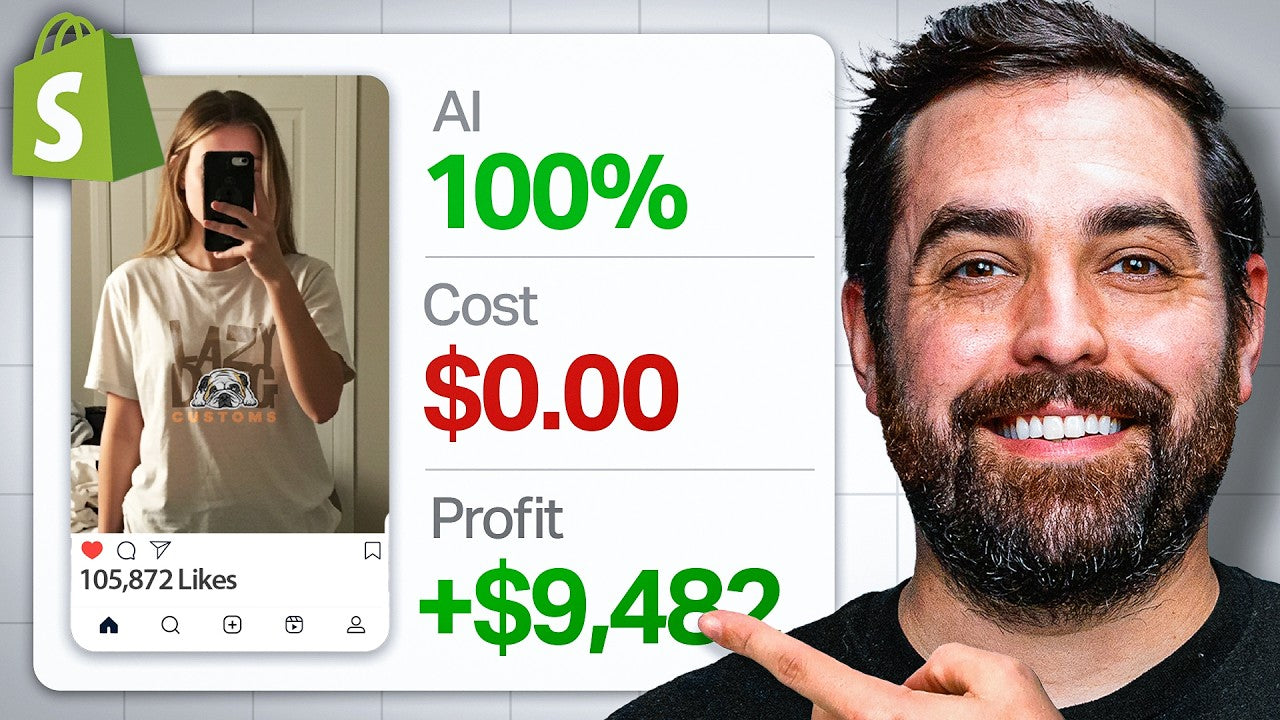

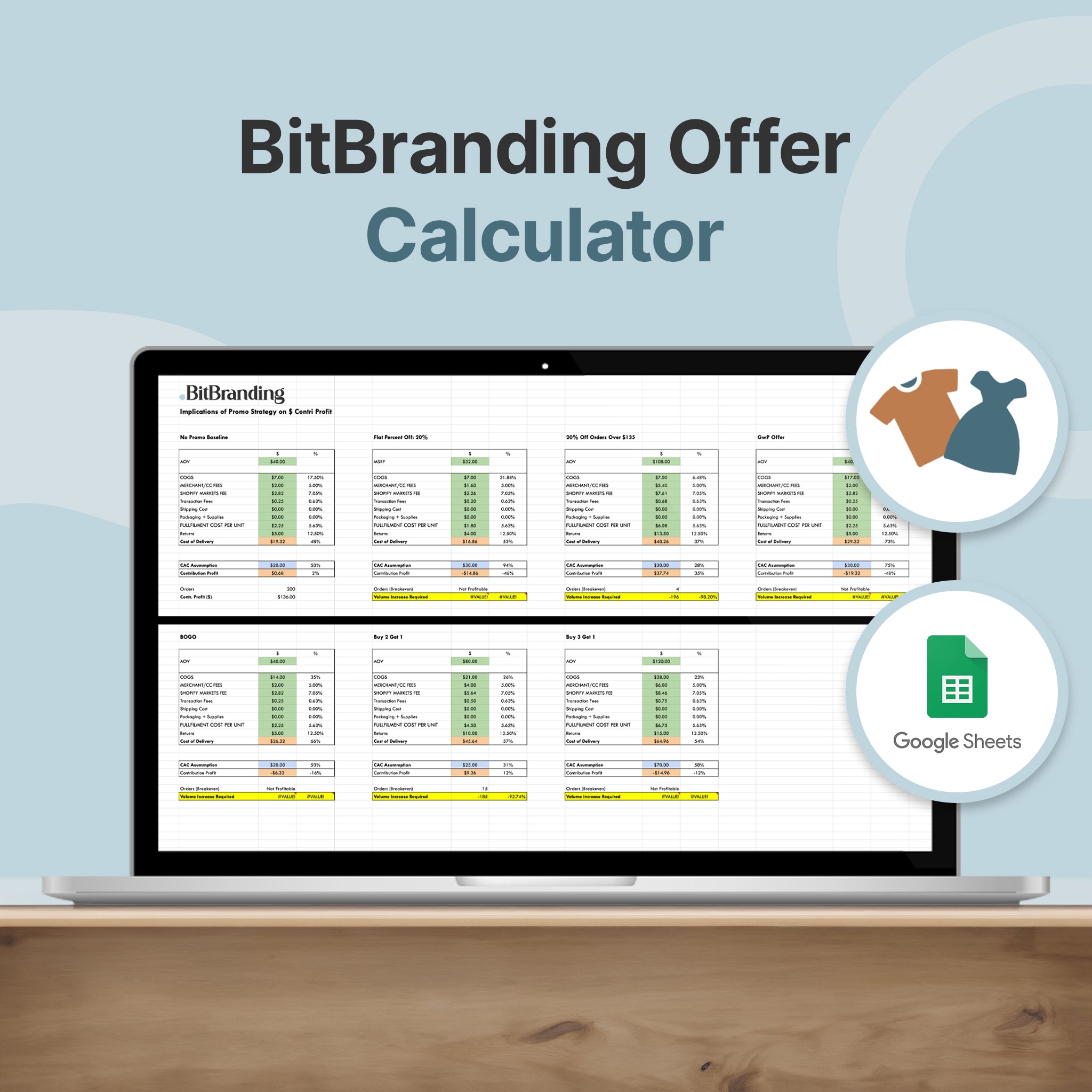
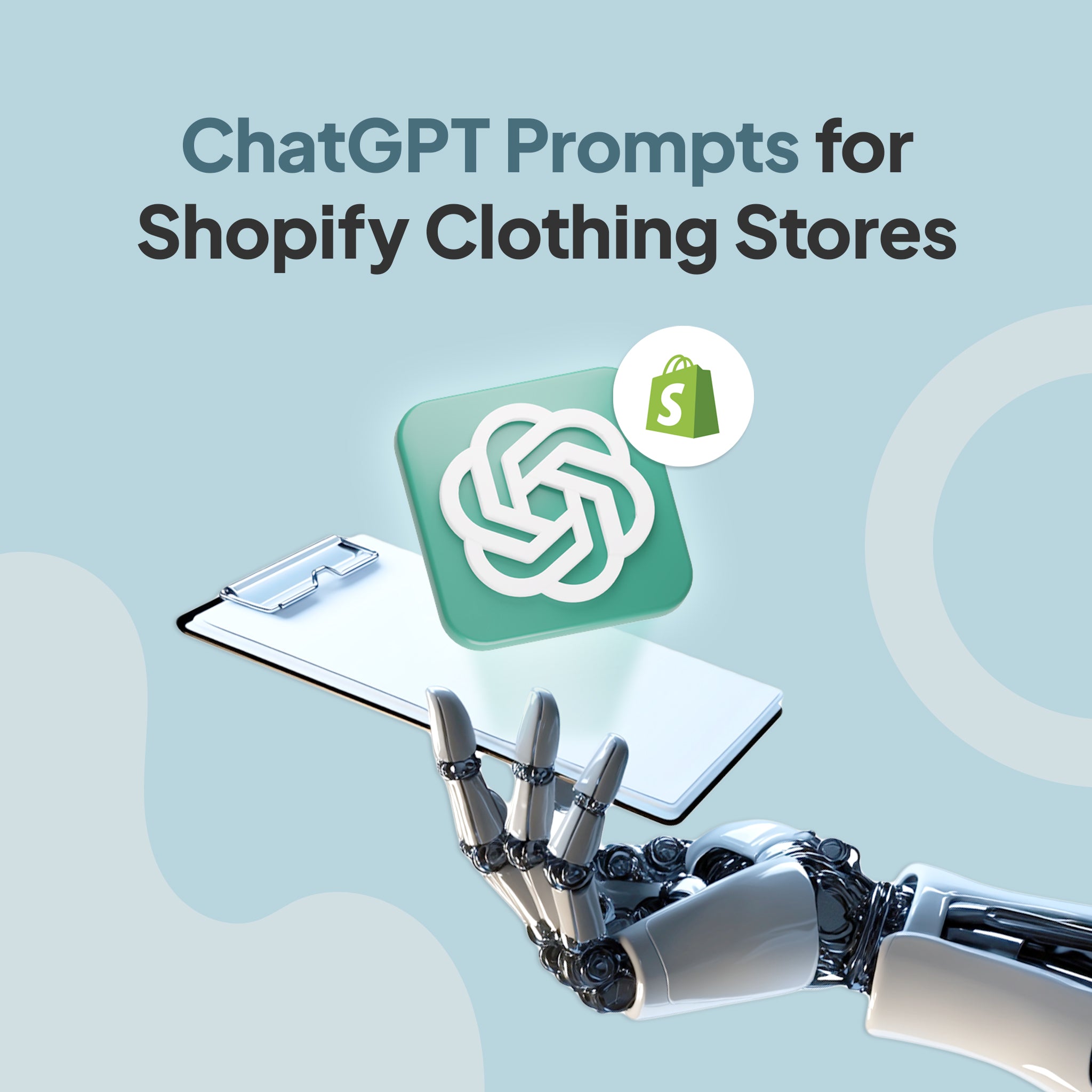

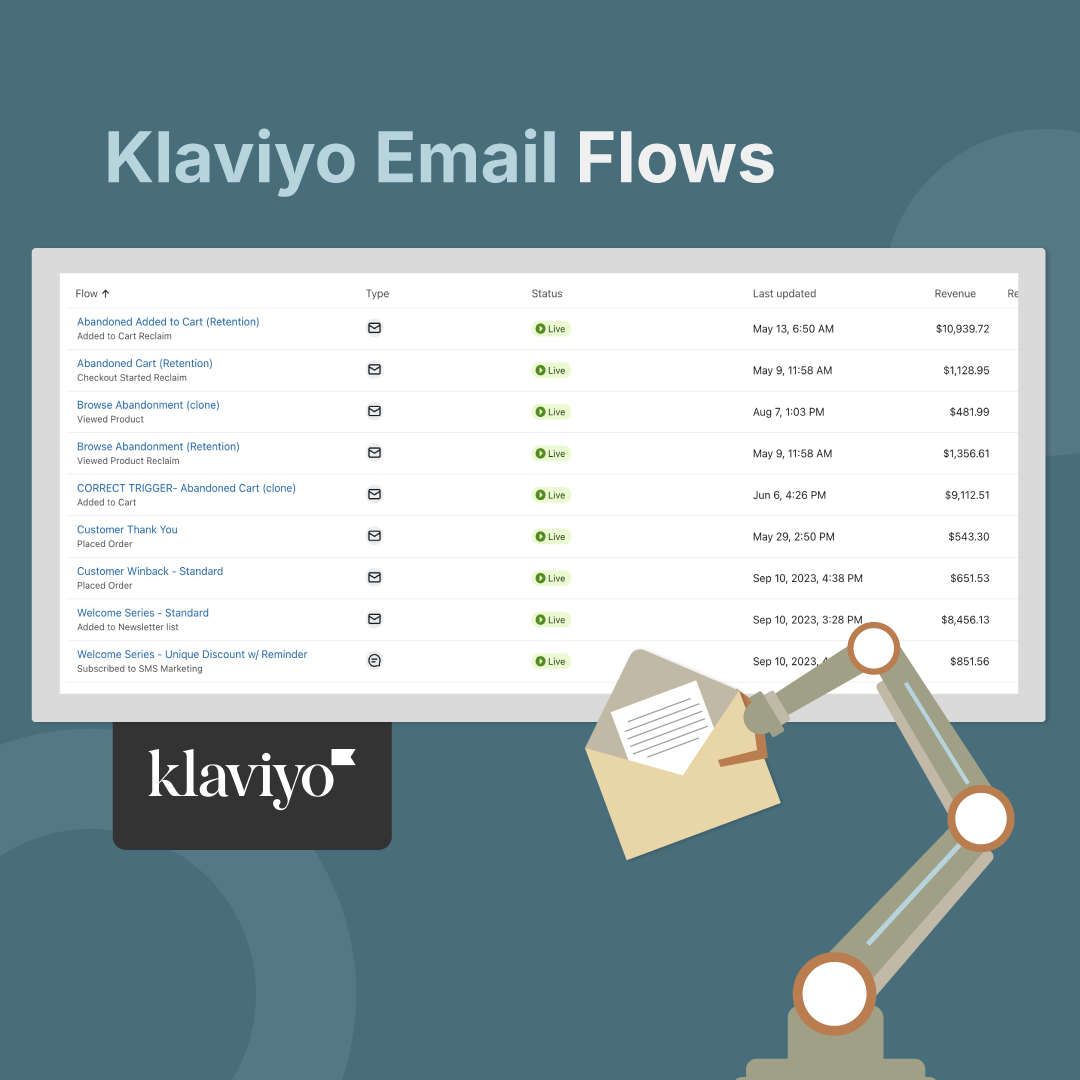
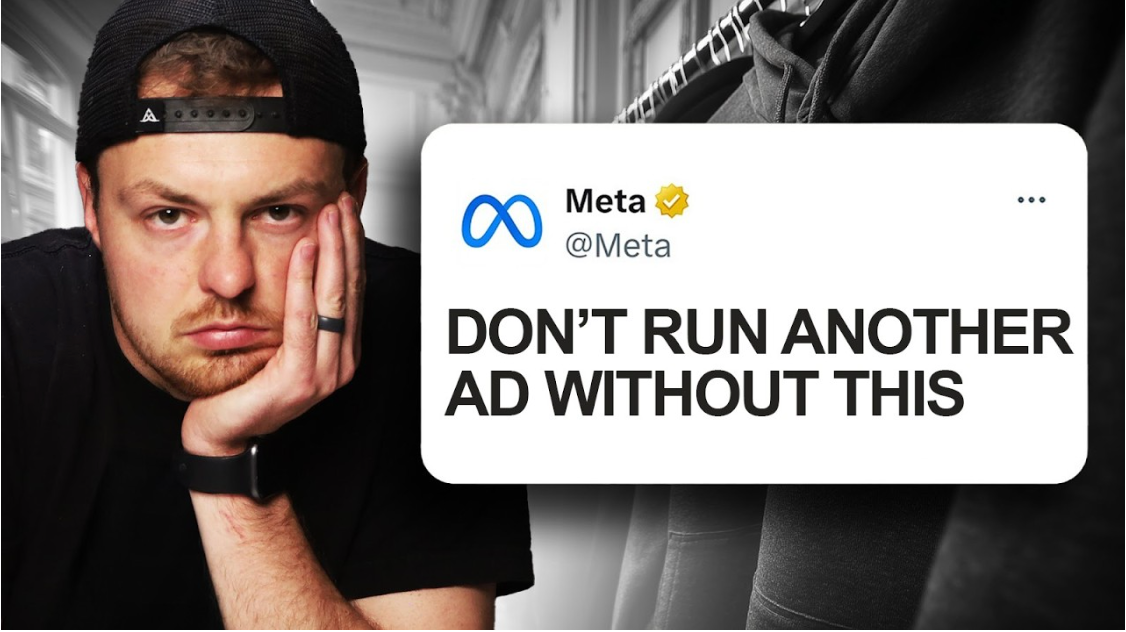
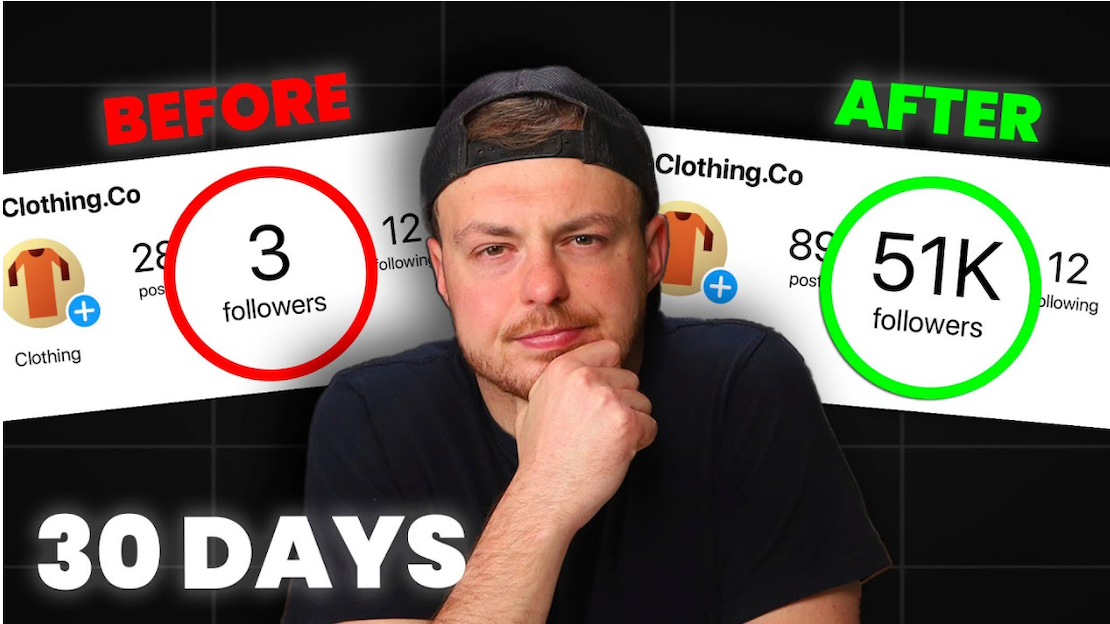
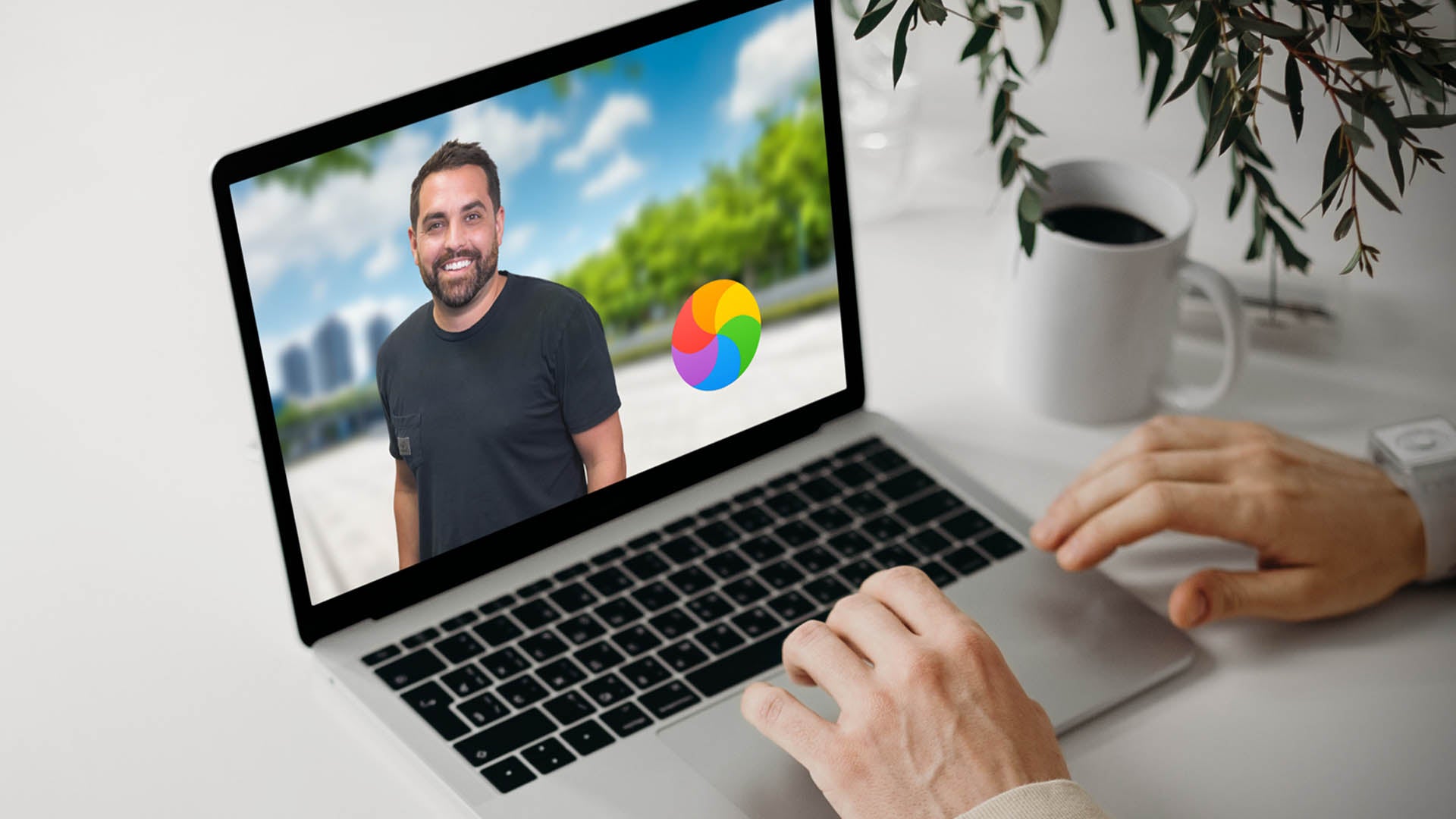
Share:
10 NEW Facebook Ads That Will Scale Your Clothing Brand In 2025
How This Clothing Brand Grew to $250K in 30 days